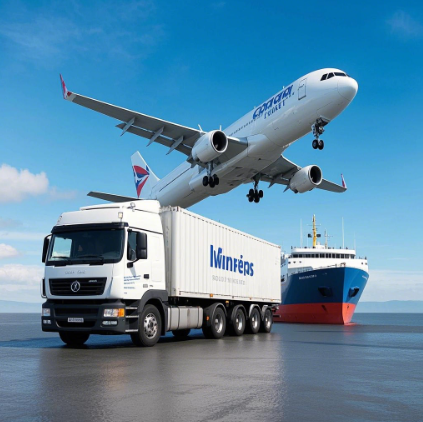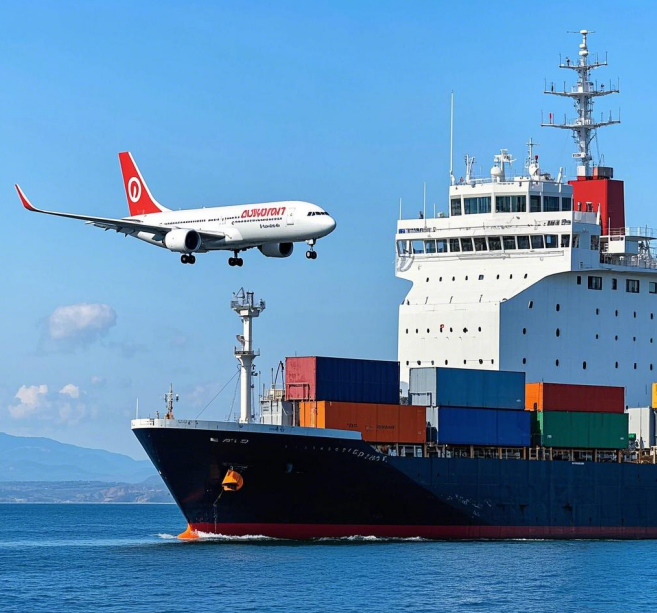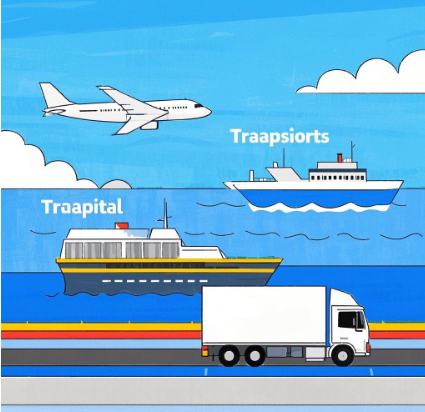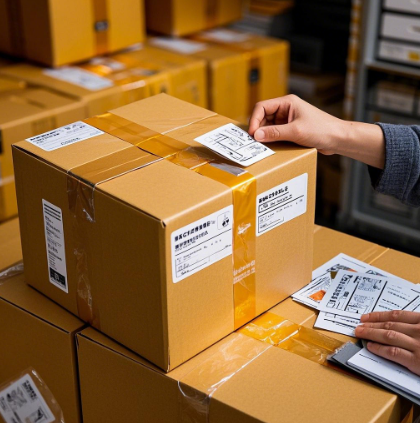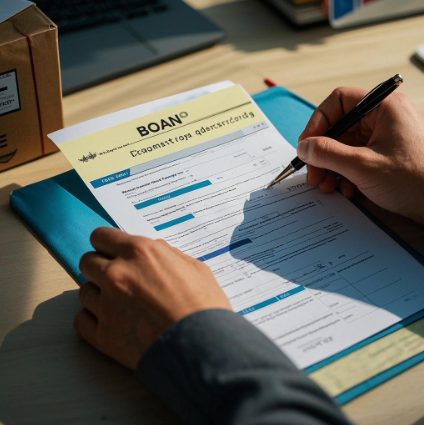DELIVERY METHODS
I. The month of origin and purpose
Place of origin: Warehouse in Jinine, Shandong, China
Place of purpose: the place specified by the client
II. The basis of the transportation method
1. Drinking transport
(1) Advantage: high transportation speed, the goods can be delivered to Russia in a relatively short period of time, suitable for urgent orders or strict requirements for the delivery of spare parts for machines.
(2) Disadvantages: the high cost of transportation and a relatively small carrying capacity.
(3) The order of work: After the packaging and landing of goods in a warehouse in Jinin, we transport them to international airports (for example, Airport Pekin Daxin, Shanghai Pudun Airport) with internal ground transport, we pass the customs clearance and verification procedures, and then we fly directly or flying directly or directly or. We transfer them to the destination airport in Russia after loading, and then organize local delivery After passing customs control at the airport of Russia.
2. Sea transport
(1) The advantage: the low cost of transportation is suitable for large volumes, heavy weight, a large volume of transportation of spare parts of machines, and transportation stability.
(2) Disadvantages: for a long time of transportation, the effect of weather and efficiency of the port.
(3) Procedure: Pack goods in a warehouse in Jinin with moisture -resistant and anti -corrosion packaging, deliver them to the seaport of Shandun or other ports (for example, the port of Tianjin) on the internal highway or railway, then immerse onto the ship after customs clearance and checks, and then arrive in the ports of Russia (for example, the ports of St. Petersburg, Vladivostok and etc.) by sea, and then deliver goods to customers using ground transport in Russia. The goods will be delivered to the place indicated by the client by ground transport in Russia.
3. Earth transportation
(1.
(2) The drawback: the transportation time is greater than during air transportation, the cost of transportation is higher than during sea transportation, the effectiveness of customs clearance in border ports has a greater impact.
(3) Procedure: packaging and strengthening of goods in a warehouse in Jinin, transportation of goods by road to the border ports of China and Russia (such as the port of Manzhouley, the port of Suifenhe, the port of Heihe, etc.), the passage of customs clearance and inspection, and Then the loading of vehicles in Russia for the transportation of goods to the specified place of Russian customers.
III.PAKOVKA and marking
1. Upovka: in accordance with the characteristics of the spare parts of the machines, a wooden box, an iron box or pallet packaging, the internal use of foam, sponge and other locking materials for protection to make sure that the goods are not damaged during the transportation process. For fragile, exact spare parts, separate packaging and good protective measures.
2. Basket: clearly indicate the name of the goods, quantity, weight, volume, place of purpose, brand and other information on the outside of the package to facilitate the identification of the goods, loading and unloading and transportation.
IV. Steam declaration and customs clearance
1. Supervised declaration: hire a professional customs broker at the place of origin of the goods, prepare an invoice, packaging sheet, contract, a power of attorney for customs declaration and other relevant documents for the goods, and issue a customs declaration in accordance with the requirements of China customs to ensure unhindered passage of the customs procedure declarations.
2. Supporting: communicate in advance with Russian customs agents, provide accurate information about the cargo and documents for customs clearance, and also help customers undergo a customs clearance procedure in Russia. Documents for customs clearance include a commercial invoice, a packaging sheet, a certificate of origin, a certificate of quality check, etc., which will be prepared and presented in accordance with the requirements of Russian customs.
V. Transport insurance
(1) The insurance amount: determine the insurance amount depending on the value of the goods, it is recommended to insure by 110% of the value of the goods.
(2) The volume of insurance: select cargo insurance that covers the risks of natural disasters, accidents, thefts and lack of goods during transportation to ensure the safety of goods during transportation.
(3) Choice of an insurance company: Choose an insurance company with good reputation and high quality service, for example, PEOPLEM Republic of China Property and Casualty Insy Limited and Ping An Property and Casualty Insure Company Limited.
VI. Feedback and feedback
1. The transportation of transportation: through the tracking system provided by the transport company, we can monitor the status of the transportation of goods in real time, including the start of the transportation of goods, the transportation route, transit information, the expected arrival time, and provide information to customers in a timely manner .
2. Sentive processing: In case of emergency, such as damage, delay or loss of goods during transportation, we are in a timely manner we contact and coordinate our actions with the transport company and the insurance company, take effective measures to resolve the situation and promptly report the results of customers.
VII.COST BUDGET
1.Transportation Cost: Calculate the Transportation Cost According to Different Modes of Transportation and Factors Such as Weight, Volume and Transportation Distance of the Goods. Air Freight Cost is Genelally Charged per Kilogram, Sea Freight Cost Is Charged Per Cubic Meter or Per Ton, and Land Freight Cost is Charged Per Kilometer or per ton Kilometer.
2. Customs Declating and Clerance Cost: Including Customs Declating Fee, Insption Fee, Customs Clearens Agent Fee, CuSToms Duty, Etc., Which Are Calculateded According to the Value of the Goods and the Regulations of Russian Customs.
3. Allculated According to the Insurance Amount and Insurance Rate.
4.Ther ExpENSES: SUCH AS PACKING FEE, LOADING and Unloading Fee, Storage Fee, ETC., Which Are Calculated Excording to the Actual Occurrency.

